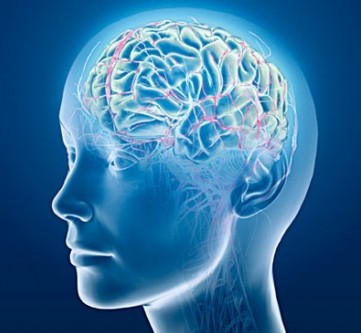Paralyzed people can be benefitted with electrodes
 Uttar Pradesh doctors have proved that it is possible to translate brain waves into words by using grid of electrodes placed directly on the brain. This achievement will definitely helped paralyzed people to express their thoughts.
Uttar Pradesh doctors have proved that it is possible to translate brain waves into words by using grid of electrodes placed directly on the brain. This achievement will definitely helped paralyzed people to express their thoughts.
While at present the method has been tested with one person only with the success rate as 50 percent but still it has created a hope for the people who can just blink, or wiggle with finger tip.
Bioengineer Bradley Greger of the University of Utah, the lead author said that this technique is based on a simple technology that has been used in humans for years.
The report was published in the Journal of Neuroengineering.
This technology will benefit people who have been paralyzed by stroke, Lou Gehrig's disease or trauma although they are aware of everything but unable to communicate their thoughts, the only thing they can do is either blink their eyelids or can move a cursor to pick letters from the list.
Bradley Greger also said that once we achieved a better design of this technology then we will be able to decode more words and we are hopeful that in coming two or three years the technology would be used for trial in paralyzed patients.
Researchers have tried their best by developing new steps for patients to move computer cursor or by an artificial arm using electrodes implanted in the brain, but are scared to implant electrodes in the speech centers because of the irreparable damage caused by these electrodes.
However, many researchers have tried to read speech centers in the brain by placing electrodes on the scalp but these electrodes are placed at a far distant from the electrical activity that it gets blurred out.
Greger and his team have then used arrays of tiny microelectrodes which are placed in contact with the brain instead of implanting them. During their current study, they have used two arrays, each with 16 microelectrodes and placed these arrays directly on the brain of a volunteer patient with epilepsy, to measure peculiar electrical signals that trigger seizures.
During study 10 words were tested, like "yes," "no," "hungry" and "thirsty". While researchers were measuring brain waves, patients spoke each word 31 to 96 times.
Among all the 10 words tested, researchers accuracy rate comes out to be 90 per cent in identifying two words such as " yes" and " no", whereas in case of distinguishing between other words their accuracy rate is 48 per cent.
Gregor is very hopeful to develop a technology that read each and every thought of the patient and with this optimism, his team is now working with grids of 121 sensors to improve the accuracy.